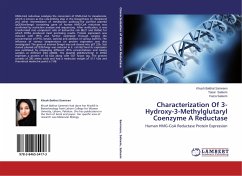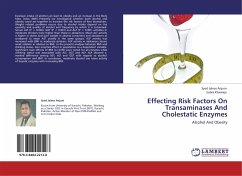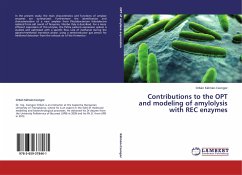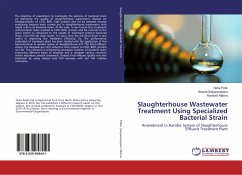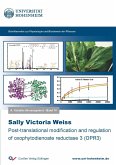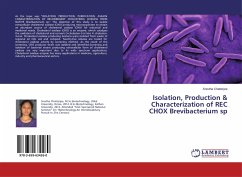HMG-CoA reductase catalyzes the conversion of HMG-CoA to mevalonate, which is known as the rate-limiting step in the biosynthesis of cholesterol and other intermediates of mevalonate pathway.The purified plasmid (pGEXtev/hmgr) containing gene of human HMG-CoA reductase was confirmed by restriction analysis and sequencing. After verification, it was transformed into competent cells of Escherchia coli (BL21 and DH5 ) for which DH5 produced most promising results. Protein expression was induced with IPTG and further optimized through varying the concentration of IPTG, betain, sorbitol and addition of various buffers. The influence of various temperatures on protein expression was also investigated. The gene of interest (hmgr) was sub cloned into pET 22b. Sub cloned plasmid pET22b/hmgr was induced in E. coli BL21and its expression was optimized by employing different IPTG concentrations and taking samples at different ODs (A600). The plasmid pGEXtev/hmgr in DH5 expresses a protein of54 kDa along with GST fusion tag. The protein consists of 283 amino acids and had a molecular weight of 31.1 kDa and theoretical isoelectric point is 7.68.
Bitte wählen Sie Ihr Anliegen aus.
Rechnungen
Retourenschein anfordern
Bestellstatus
Storno

